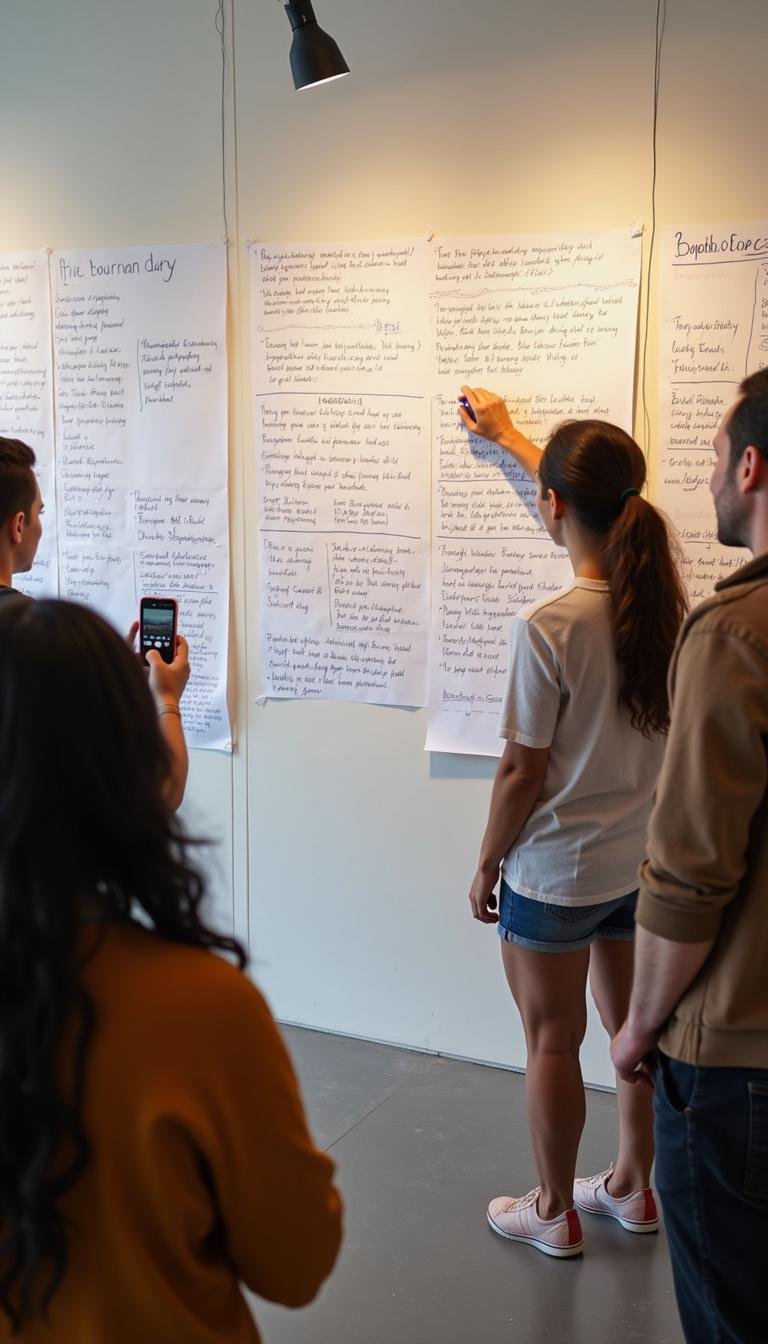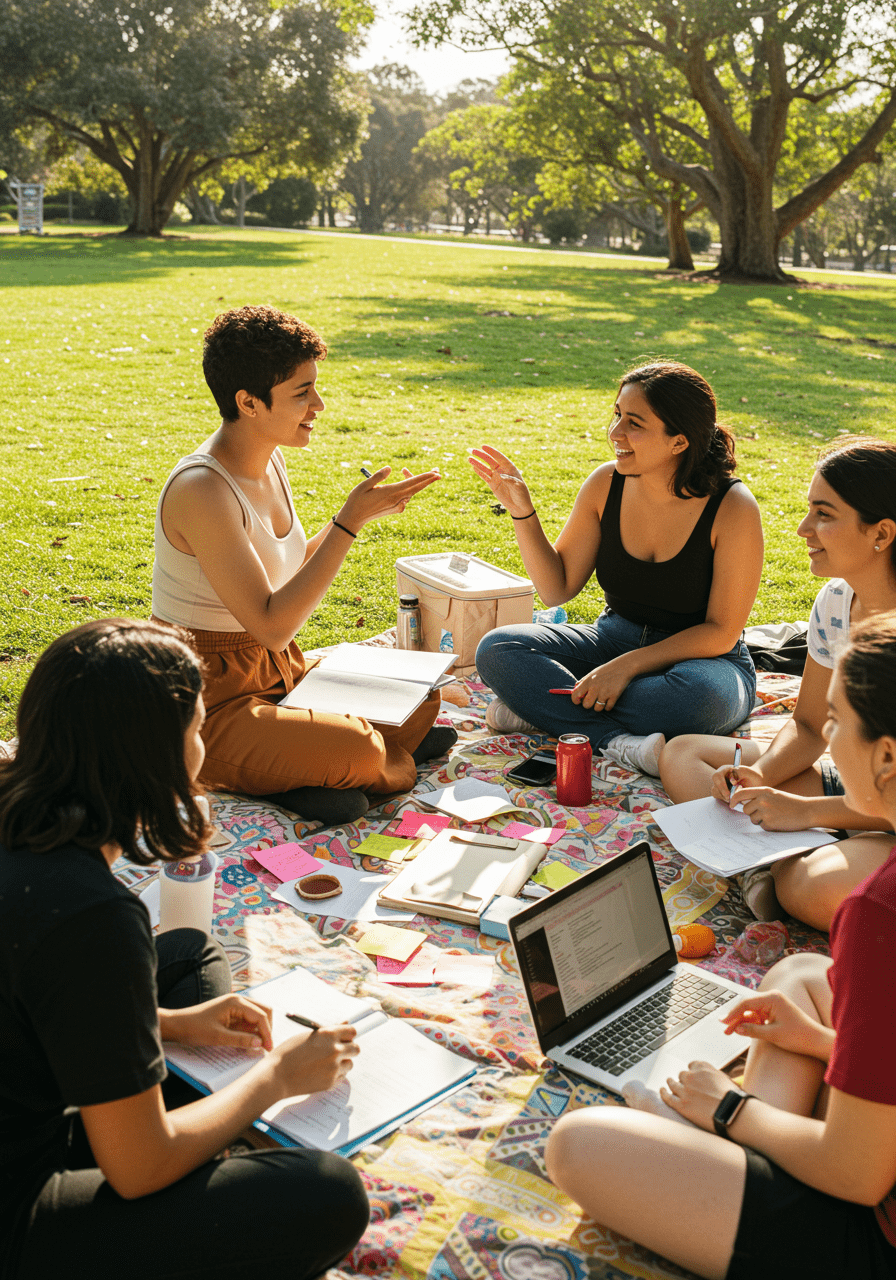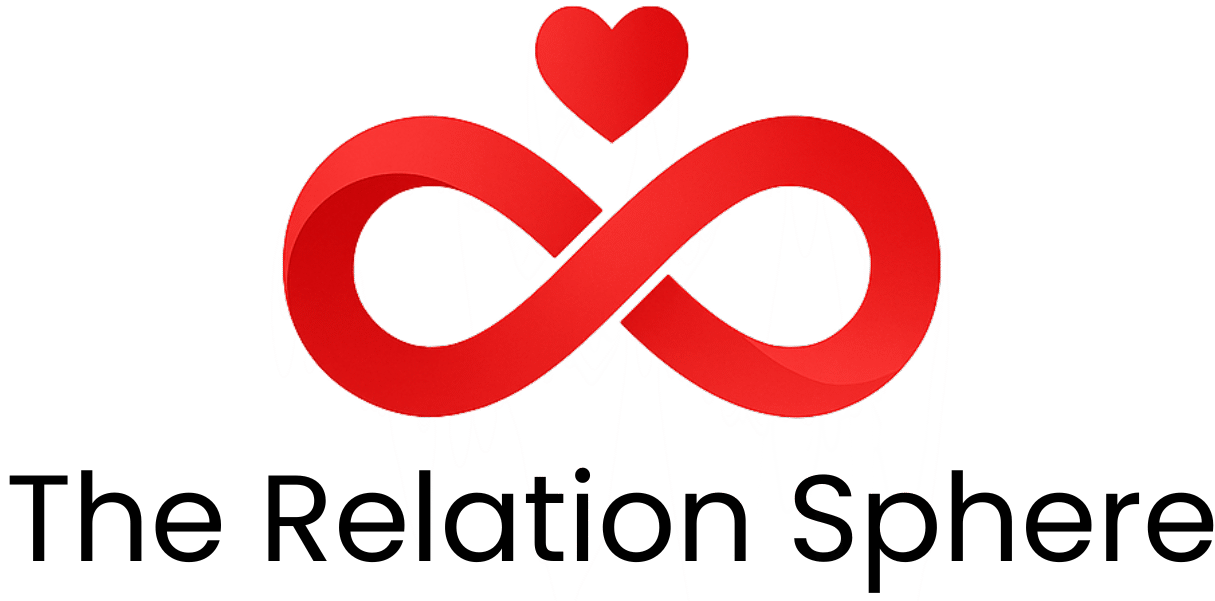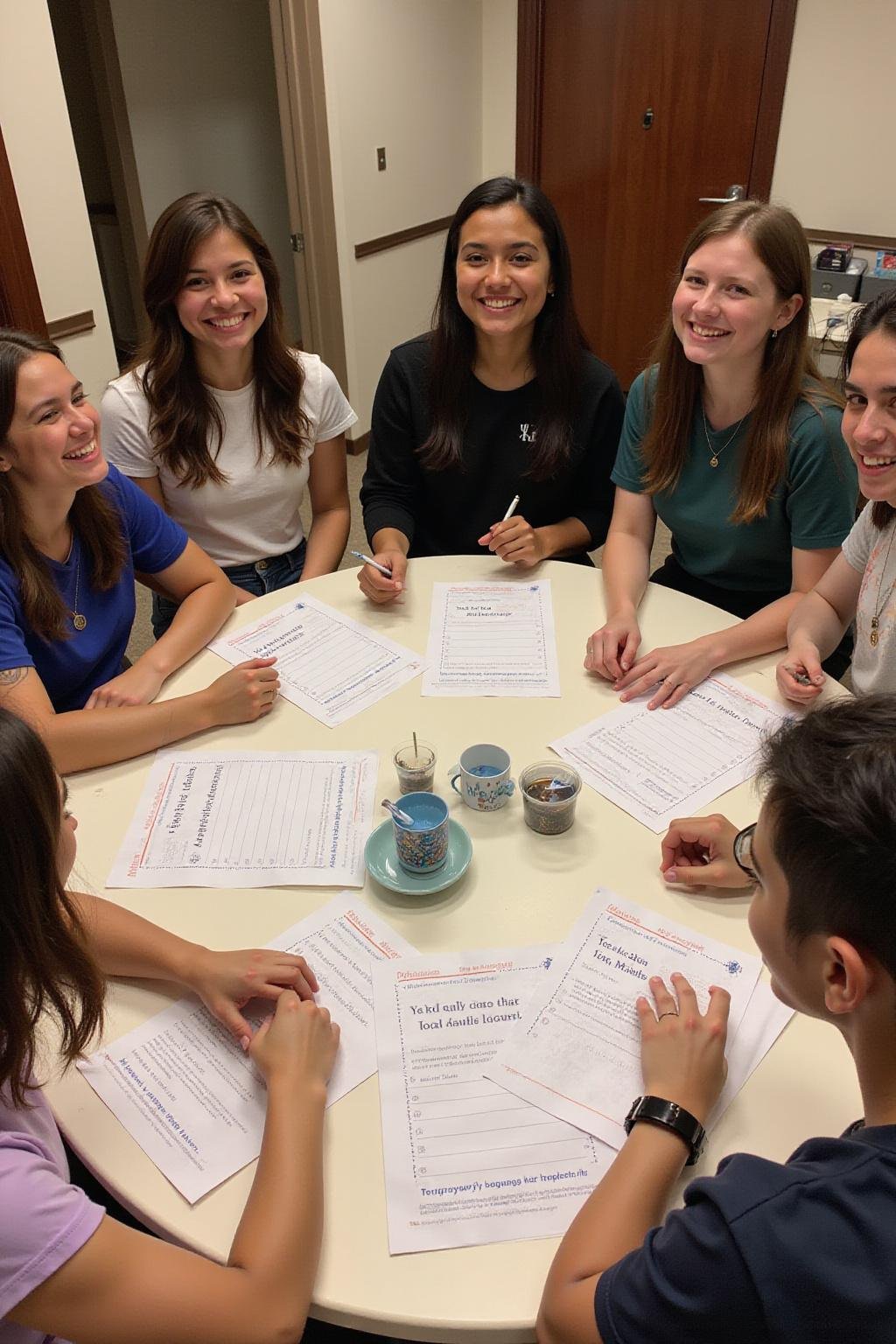1. Introduction
Creating a Yes, No, Maybe List together is an engaging and insightful activity that fosters open communication and helps explore personal boundaries in a fun way. Whether you’re delving into relationship boundaries, team dynamics, or group comfort zones, this interactive exercise provides a creative approach to understanding individual preferences and limits. By developing the best kw list, you can establish clear boundaries while ensuring everyone feels heard and respected. This method not only encourages honest dialogue but also promotes a safe environment where boundaries are acknowledged and appreciated, making it an ideal activity for couples, friends, and colleagues alike. For more insights on maintaining healthy boundaries, check out Boundaries vs. Walls: How to Stay Open Without Losing Yourself.
2. Understanding the Importance of a Yes, No, Maybe List
Developing a best kw list using a Yes, No, Maybe framework empowers individuals to articulate their boundaries and preferences with clarity and confidence. This approach enhances honest conversations, reduces misunderstandings, and strengthens trust whether in personal relationships or team settings. By categorizing options thoughtfully, participants can communicate their comfort levels effectively, contributing to a more respectful and harmonious environment. Building on this, it’s crucial to understand how setting boundaries positively impacts overall relationship health — learn more about how to set healthy boundaries at work without feeling guilty. Incorporating the best kw into your boundary-setting tools ensures that conversations remain constructive and boundaries remain respected, fostering long-term respect and understanding.

3. How to Create an Effective Yes, No, Maybe List
To craft the best kw list, follow these simple but impactful steps:
- Gather participants: Invite friends, colleagues, or partners to join in a relaxed environment, encouraging honesty and openness. Using tools like the RISKY COUPLES card game can add an element of fun and spontaneity to this exercise.
- Define categories: Clearly explain what Yes, No, and Maybe mean within your context, ensuring everyone is on the same page.
- Brainstorm options: Encourage participants to consider boundaries, activities, or topics they are interested in exploring or avoiding. Utilizing resources like the Couples Edition – 50 Scratch-Off Date Night Ideas can inspire new ideas and spark creativity.
- Write and sort: Use sticky notes, digital apps, or whiteboards to categorize each idea into Yes, No, or Maybe. Tools like Let’s Get Deep card game can facilitate meaningful discussions during this process.
- Discuss openly: Review the compiled list, address questions, and adjust boundaries based on shared understanding. Integrating the principles from The Seven Principles for Making Marriage Work can help create a foundation for respectful dialogue.

4. Benefits of Using a Yes, No, Maybe List in Group Settings
This activity is much more than a mere boundary listing—it’s a powerful tool for fostering respect, understanding, and trust within any group. Some of the key benefits include:
- Enhanced Communication: Participants articulate their needs and boundaries clearly, reducing potential conflicts.
- Increased Awareness: Encourages self-reflection and understanding of personal and collective boundaries.
- Conflict Prevention: Clarifies limits upfront, helping avoid misunderstandings or disagreements later.
- Strengthened Relationships: Builds rapport and mutual respect through openness and honesty. A good way to deepen this connection is by engaging with Love & Respect: The Love She Most Desires; The Respect He Desperately Needs.

5. Tips for Making Your Yes, No, Maybe List Engaging and Effective
Ensure your last kw becomes a meaningful and impactful activity by applying these practical tips:
- Choose a comfortable environment: Whether outdoors in a park or indoors, ensure the space fosters relaxed and honest dialogue. Incorporate tools like the 101 Nights of Great Sex for intimacy and openness.
- Use visual aids: Sticky notes, colors, or digital platforms can make categorization engaging and clear.
- Encourage honesty and respect: Remind participants that all boundaries are valid and deserve respect, fostering a safe space for disclosure.
- Keep it dynamic: Revisiting and updating the list periodically helps keep boundaries relevant and reflective of personal growth. Consider integrating a game like The Ultimate Fun Book for Couples to add lightheartedness.
- Honor privacy: Respect confidentiality, especially when discussing sensitive topics, to maintain trust.
6. Frequently Asked Questions (FAQs) About Creating a Yes, No, Maybe List
What is a Yes, No, Maybe List?
A Yes, No, Maybe List is a strategic way to communicate boundaries or preferences by sorting options into three categories: those you’re fully comfortable with, those you’re not, and those you’re unsure about. This method enhances clarity and mutual understanding, whether for romantic relationships or group interactions.
How can I make the process fun and engaging?
The key to making this activity enjoyable is by involving visual tools like sticky notes, utilizing playful game elements such as RISKY COUPLES, and creating a relaxed atmosphere. Encouraging open dialogue and respecting each person’s input makes the process both insightful and entertaining.
Why is this activity beneficial for couples or teams?
This activity promotes transparency, reduces misunderstandings, and fosters mutual respect. By upfront discussing boundaries, couples and teams build a strong foundation for trust and collaboration, which we further explore in our guide on setting healthy boundaries at work.
7. Conclusion
Creating a Yes, No, Maybe List together is an engaging, impactful, and practical way to explore boundaries in a respectful and enjoyable manner. Whether it’s for strengthening relationships, improving team dynamics, or personal growth, this activity nurtures open communication and mutual understanding. Start today by involving your partner, friends, or colleagues in crafting a best kw list that reflects everyone’s boundaries—leading to interactions that are more honest, respectful, and fulfilling. For additional tools and relationship insights, consider exploring resources like The Seven Principles for Making Marriage Work and other relationship-enhancement products!
Internal Links: Boundaries vs. Walls | Healthy Boundaries at Work

